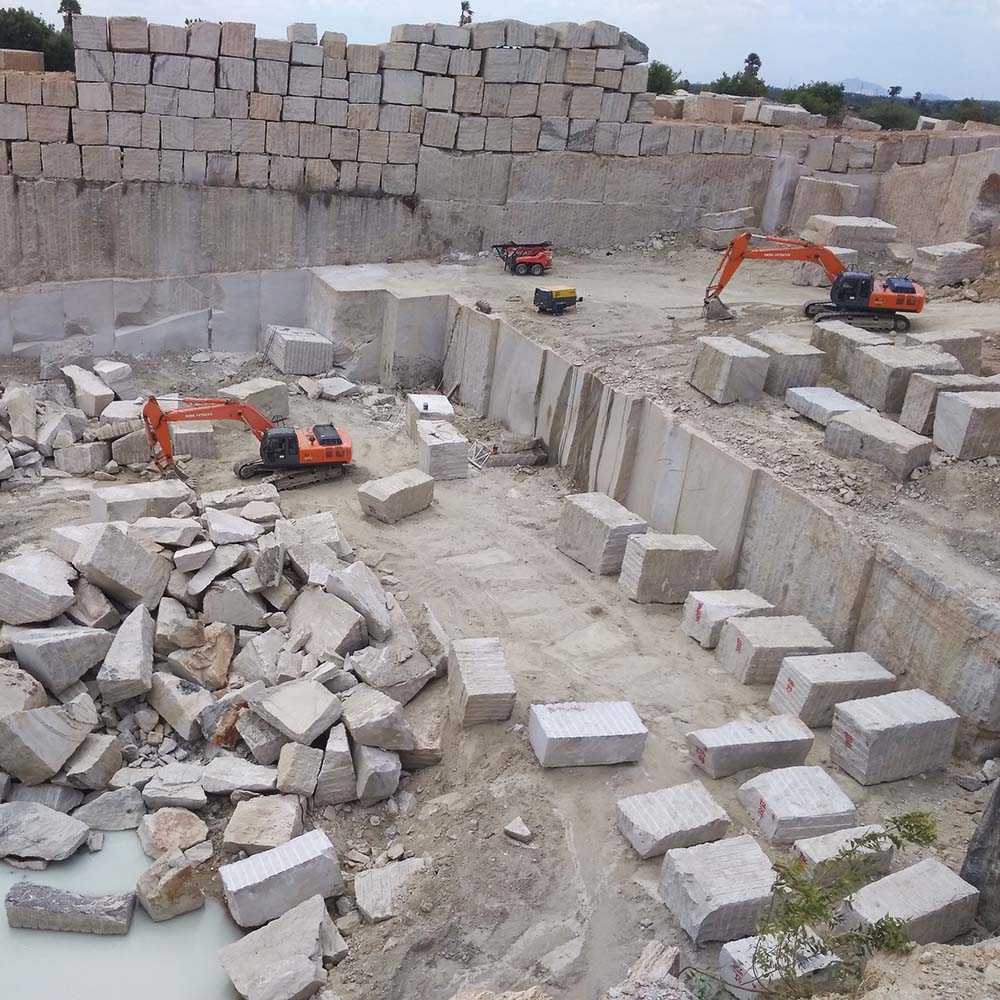Diving into of Granite Quarries in South Africa
Diving into of Granite Quarries in South Africa
Blog Article
Revealing the Mysteries of Granite Quarrying: Where Strength and Beauty Meet
The globe of granite quarrying is a realm where the raw stamina of nature merges with human creativity to produce frameworks that stand the test of time with an air of beauty. From the midsts of quarries to the careful polishing in workshops, the procedure of transforming granite into architectural wonders is an intricate dance of tradition and technology. As we peer into the depths of this old craft, we start to uncover the surprise ins and outs that form the very essence of our constructed atmosphere.
The Beginnings of Granite Quarrying
In the record of building background, the beginnings of granite quarrying are shrouded in a tapestry of ancient workmanship and geological marvels. Going back to ancient Egypt and Mesopotamia, the removal of granite from quarries noted the beginning of a journey that would at some point result in the development of some of the world's most legendary structures.
Granite quarrying's roots can be traced to the skilled artisans who identified the stone's durability and visual allure. Through a combination of primitive tools and large determination, these early quarry employees discovered granite blocks that would certainly end up being the structure blocks of people.
As worlds developed, so did the strategies of quarrying granite. The Romans, renowned for their design prowess, established sophisticated techniques for removing granite to construct monuments, holy places, and roadways that stood the examination of time.
The tradition of these old quarrying methods proceeds to shape contemporary design, with granite staying a symbol of stamina and sophistication in building tasks around the world. (granite quarries in south africa)
Devices of the Quarrying Profession
The evolution of granite quarrying techniques from old human beings to modern times highlights the important duty played by the devices of the quarrying trade in shaping the industry's practices. In ancient times, quarrying devices were basic, typically including chisels, hammers, and wedges made from products like bronze or iron. These tools needed considerable workforce and time to remove granite blocks from quarries.

Additionally, the introduction of pneumatically-driven tools and high-powered equipment has dramatically lowered the physical labor called for in quarrying procedures, improving worker safety and security and performance. As the quarrying market remains to innovate, the tools of the trade remain at the forefront of driving progression and shaping the future of granite removal.
Removing Blocks of Granite
Utilizing accuracy machinery and advanced methods, the removal of granite obstructs from quarries has become a sophisticated process in the contemporary quarrying sector. The initial action entails identifying the location and size of the granite down payment to figure out one of the most effective removal method. Once a suitable site is selected, the removal procedure begins with the boring of holes for the positioning of nitroglycerins. Controlled blowing up strategies are after that used to disintegrate the granite right into manageable sections.

Sprucing Up and Ending Up Techniques
To accomplish a remarkable surface area on granite blocks, Home Page proficient artisans use a collection of careful sprucing up and ending up strategies. After the first extraction and shaping processes, the granite obstructs go through an extensive polishing stage to enhance their natural elegance and toughness. One typical approach utilized in polishing granite is diamond abrasion, where commercial rubies are made use of to grind and brighten the stone to a smooth coating. This process not just develops a glossy surface but also makes sure harmony in color and structure throughout the granite block.
In enhancement to sprucing up, completing strategies are applied to further refine the granite's appearance. By carefully picking and applying these polishing and ending up techniques, craftsmens can change raw granite obstructs right into beautiful pieces that display both stamina and elegance.

Environmental Influence and Sustainability
With the expanding emphasis on environmental consciousness in the sector, granite quarrying techniques are progressively scrutinized for their effect on natural deposits and lasting sustainability. Quarrying for granite can have substantial environmental implications. The extraction procedure frequently entails making use of hefty equipment, nitroglycerins, and big quantities of water, bring about habitat damage, soil disintegration, and water pollution. In addition, the transportation of granite from quarries to refining facilities generates carbon emissions, better adding to environmental deterioration. granite quarries in south africa.
To minimize these influences and ensure sustainability in granite quarrying, sector stakeholders are taking on numerous procedures. Implementing innovative modern technologies to decrease energy consumption and water usage, recovering quarried land for ecological remediation, and promoting liable sourcing techniques are some techniques being used. In addition, certifications such as YOURURL.com the Woodland Stewardship Council (FSC) and the Leadership in Power and Environmental Design (LEED) aid consumers recognize environmentally pleasant granite items.
Conclusion
Finally, granite quarrying is a procedure that calls for specialized tools and techniques to essence blocks of granite and polish them to a high level of surface. While the ecological influence of quarrying can be significant, efforts are being made to boost sustainability practices in the sector. In general, granite quarrying is a fragile equilibrium in between using the stamina and sophistication of this natural rock while lessening its effect on the environment.
Report this page